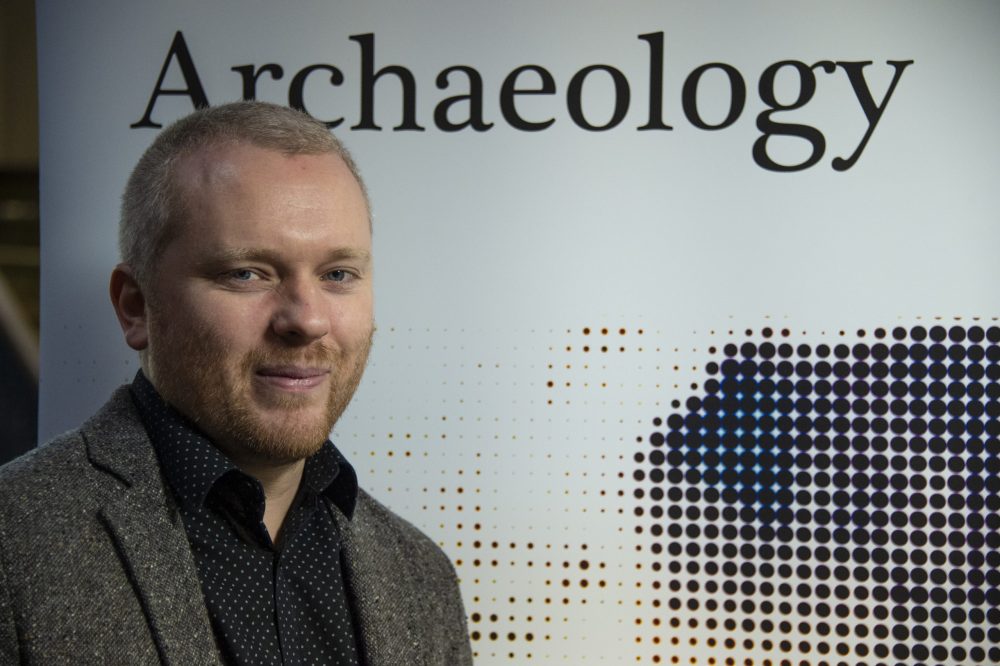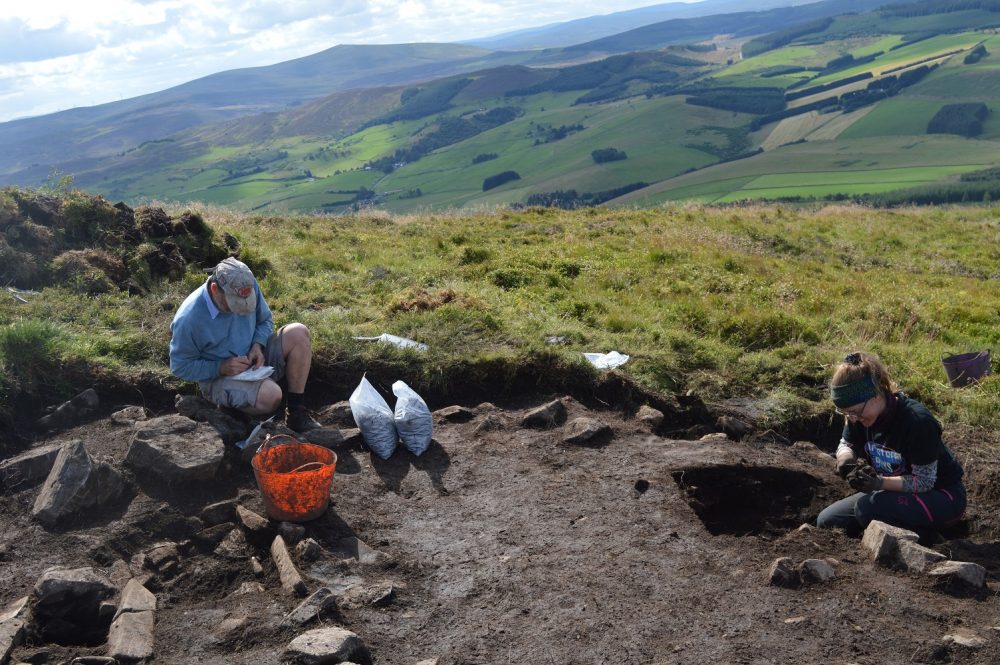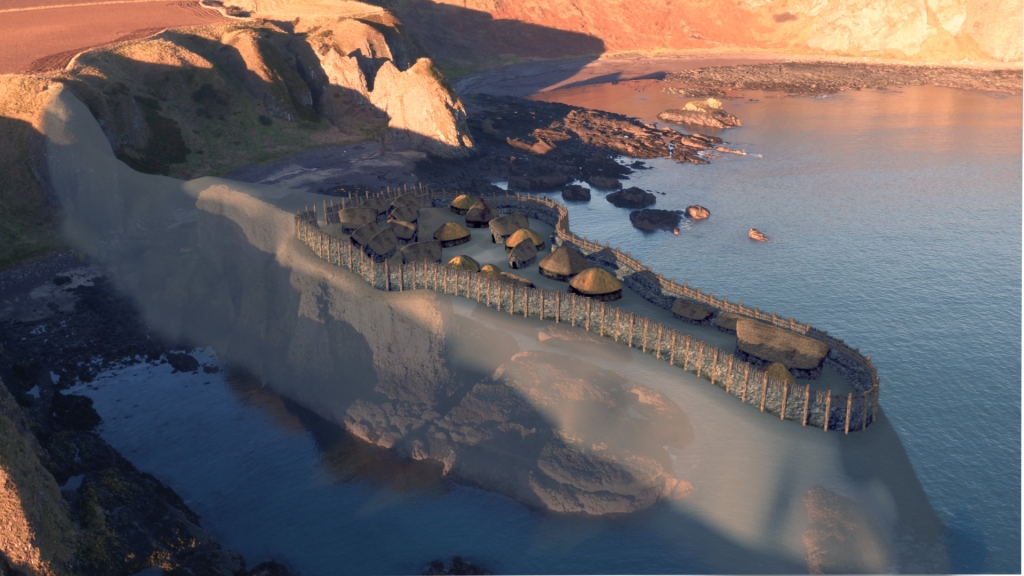A RESEARCH project on Scotland’s Pictish past has been shortlisted for a major archeology award.
The 2021 Current Archaeology Awards have shortlisted the project “The problem of the Picts: searching for a lost people in northern Scotland” for Research Project of the Year.
The project, led by the University of Aberdeen started working on the project in 2012.

Since 2012, a research team has led by Professor Gordon Noble has been building a new picture of the early societies of northern Britain given the name ‘Picti’.
At Tap o’ Noth, an imposing hill which rises above the village of Rhynie to the north of Aberdeen, the research team made their most important find.
Earlier this year, using radiocarbon dating and aerial photography, evidence was discovered which indicates that as many as 4,000 people may have lived in more than 800 huts perched close to the summit.

This rivals the largest known post-Roman settlements in Britain and Ireland.
The finds built on the research which previously found eight years ago in the valley below at Rhynie.
Evidence of wine drinking, glasses from Western France and a metalwork profuction site was found at Barflat farm.
The research suggests that this settlement was high status with possible royal connections.

Professor Noble said: “Since we began our work on northern Picts in 2012, we have uncovered ever-increasing evidence of Pictish society through large-scale excavations of the scale hitherto rarely undertaken.
“These have begun to underline the importance of northern Pictland and north-east Scotland to the establishment of the first kingdoms of Scotland.
“For too long this period of Scotland’s history has been a particularly poorly illuminated part of the so-called Dark Ages.
“Our work is shedding new light on this and engaging people in new ways with our Pictish past.
Further finds were made at Dunnicaer sea stack close to Dunnottar Castle near Stonehaven.
The rocky outcrop, was identified as the oldest Pictish fort ever discovered, dating back as far as the third or fourth centuries.
While at Burghead, the largest Pictish fort previously known in Scotland, they found evidence of longhouses, Anglo Saxon coins of Alfred the Great and complex feats of engineering which were used to construct enormous defensive ramparts.
These finds, together with their work on the Picts’ most famous legacy – their system of symbols – has altered the accepted face of Scotland’s warrior kingdoms.
Professor Noble added: “The discovery at Tap o’ Noth earlier this year revealed a scale of occupation previously unimagined and, in a Pictish context, nothing else we have found before compares to this.
“Our investigations into their famous symbols also support the idea that they represent a means of communicating the identities of Picts and that this was developed in the same era as other writing systems across Europe, like the ogham script of early Ireland and the runic system developed in Scandinavia.
“We are delighted that our work on the Picts has been recognised by Current Archaeology with an award nomination and hope people will get behind us with their votes.”
